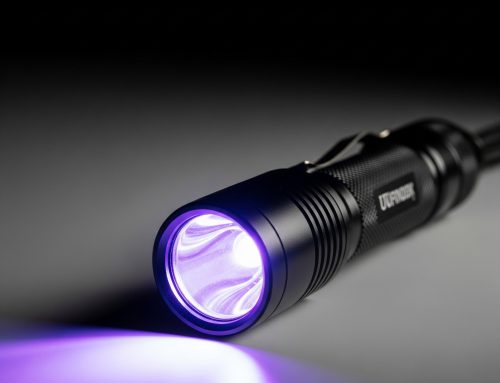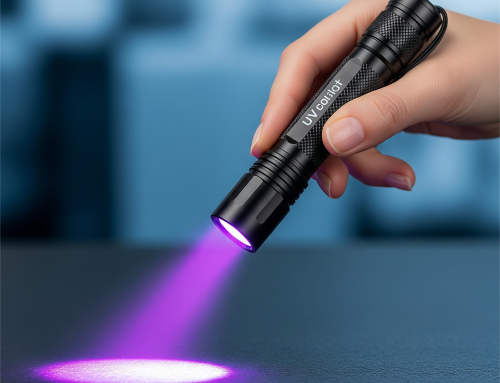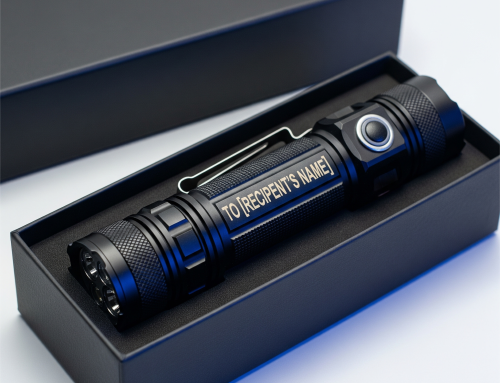Ultraviolet (UV) flashlights have become valuable tools in the field of archaeology. By illuminating ancient artifacts and archaeological sites with UV light, archaeologists can reveal hidden details and information that would otherwise be invisible to the naked eye.
- Ancient Documents:?UV light can be used to examine ancient documents, such as papyrus, parchment, and paper. It can reveal faded or erased writing, as well as underlying texts that have been over-written.
- Paintings and Murals:?UV light can be used to study the layers of paint in paintings and murals. This can help determine the age of a painting, identify restoration work, and detect hidden images or signatures.
- Stone Tools:?UV light can reveal traces of organic residues, such as blood or plant material, on stone tools, providing clues about the tools’ use.
- Fossil Identification:?In paleontology, UV light can help to identify certain types of fossils, such as those containing fluorescent minerals.
- Forgery Detection:?UV light can be used to detect forgeries in art and artifacts. Many modern materials and adhesives fluoresce under UV light, revealing alterations or additions to an object.
Advantages of UV Flashlights in Archaeology:
- Non-destructive:?UV examination does not damage artifacts.
- Portable:?UV flashlights are lightweight and easy to use in the field.
- Cost-effective:?Compared to other analytical techniques, UV examination is relatively inexpensive.
- Versatility:?UV light can be used to examine a wide range of materials, from organic to inorganic.
Safety Considerations:
- Eye Protection:?Always wear UV-protective eyewear when using a UV flashlight.
- Skin Protection:?Avoid prolonged exposure of skin to UV radiation.
- Artifact Damage:?While UV examination is generally non-destructive, prolonged or intense exposure can damage certain materials.
In conclusion, UV flashlights have become an essential tool for archaeologists, offering a non-invasive and cost-effective way to reveal hidden information about the past. By understanding the principles of fluorescence and using appropriate safety precautions, archaeologists can unlock the secrets of ancient civilizations.



